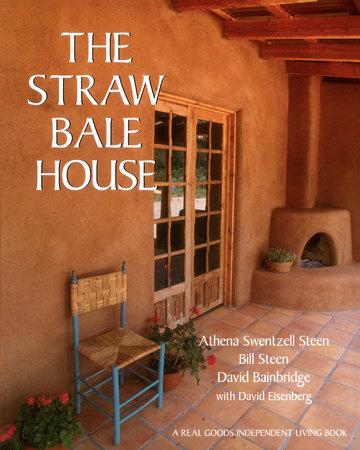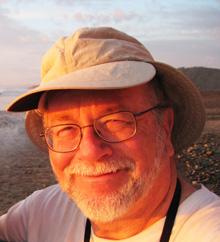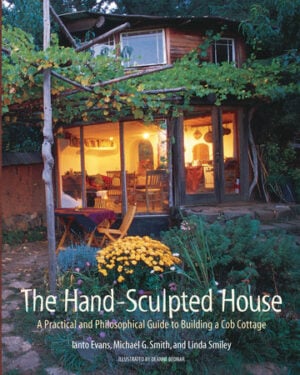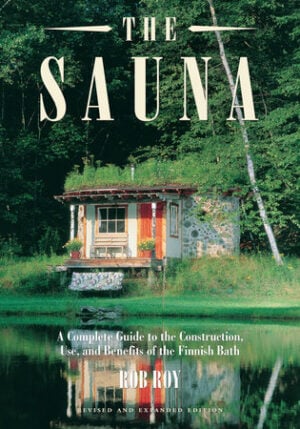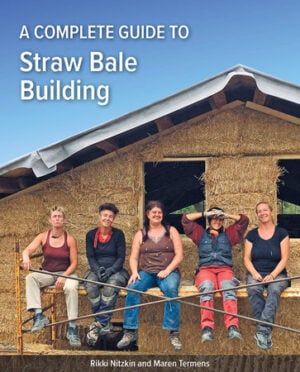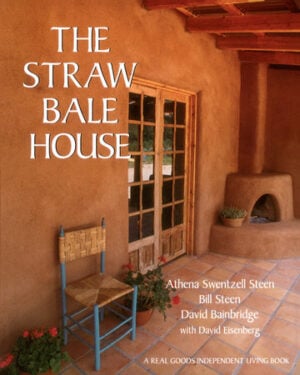The Straw Bale House
Imagine building a house with superior seismic stability, fire resistance, and thermal insulation, using an annually renewable resource, for half the cost of a comparable conventional home. Welcome to the straw bale house! Whether you build an entire house or something more modest-a home office or studio, a retreat cabin or guest cottage-plastered straw bale construction is an exceptionally durable and inexpensive option. What’s more, it’s fun, because the technique is easy to learn and easy to do yourself. And the resulting living spaces are unusually quiet and comfortable.The Straw Bale Housedescribes the many benefits of building with straw bales:
- super insulation, with R-values as high as R-50
- good indoor air quality and noise reduction
- a speedy construction process
- construction costs as low as $10-per-square-foot
- use of natural and abundant renewable resources
- a better solution than burning agricultural waste straw, which creates tons of air pollutants


